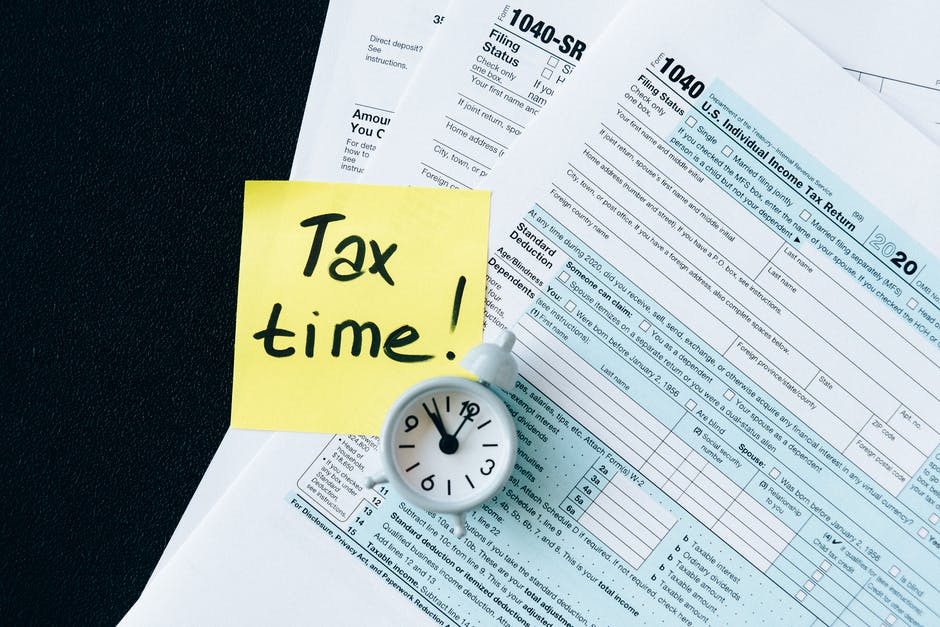
Tax Deductions For Using Your Vehicle for Business
Using your business vehicle can be more complex than it sounds. You’ll have to track your mileage to prove you’re using it for business purposes. For another, you’ll have to determine the amount you can deduct from your income.
Standard mileage rate vs. actual expenses
Choosing the correct deduction method for your business vehicle can take time and effort. Choosing a method that yields the most extensive tax deduction possible is essential. Each approach has pros and cons of each. You’ll need to keep records and calculate expenses.
The Standard Mileage rate is one method of calculating expenses. This rate covers the average cost of gas, car insurance, maintenance, and repairs. It is also called the safe harbor rate. It’s based on an annual study of the costs of operating an automobile for business purposes. You can deduct a certain amount for each mile you drive for work.
The Actual Expense method is another method of calculating expenses. It requires you to calculate your car’s costs and multiply them by a percentage of your business use. It’s more complicated than the Standard Mileage method but can yield more significant tax deductions. It also requires you to keep records of vehicle expenses. You’ll need to calculate your vehicle expenses, including gas, insurance, registration fees, and repairs. You’ll also need to keep receipts for these expenses.
Employers often prefer the standard mileage rate. If you have a relatively low-cost vehicle, you can deduct your vehicle expenses using this method. However, if you drive an expensive car, you should use the actual expense method.
The standard mileage rate also includes the average costs of car lease payments. It’s important to remember that tolls are separate expenses. Parking fees are also not included in the standard mileage rate. You may need to keep track of your business mileage or parking expenses.
The Actual Expense approach and the Standard Mileage rate have advantages and disadvantages. A tax deduction can be obtained using any of the methods. To choose the best approach for your company, you’ll need to keep accurate records and compare the two techniques of calculating expenses.
Tracking your total mileage for the year
Whether you’re a taxi driver, Uber driver, or rideshare driver, tracking your mileage for the year can save you thousands of dollars. Keeping records of your mileage is essential because the IRS will only approve your deductible if you have reliable records.
When you file your tax return, you must include your total mileage for the year. To figure out your mileage, you will need to keep track of readings from the odometer at the start and the year’s conclusion. Some people use a paper logbook, but others use an app. Using an app can help you keep track of your mileage more quickly and keep your records IRS-compliant.
Keeping a mileage log can be tedious, especially if you need to get into record-keeping. If you have a lot of business mileage, it’s best to use an app. Using an app will also help you keep track of expenses like fuel and tolls.
Using a mileage app can also help you prepare your tax report. These apps can help you track your mileage and export reports for clients and employers. Using an app will also help you save more money on your taxes.
If you’re using an app, keep copies of your receipts and other records. The IRS may request a mileage log or other documents to prove that you drove a certain amount for business use of your vehicle. If you’re using a paper logbook, store it for five years in case you’re audited.
An app will help you keep track of your business miles and fuel expenses.
Income inclusion amount for a business vehicle
Whether you are leasing a car or truck for your business, you must include a lease inclusion amount on your tax return. The inclusion amount is a mathematical formula based on the date you signed your lease agreement and the number of days in the tax year. The inclusion amount must be, at most, the total lease payments you made during the year.
It includes the year’s gross income but does not include the tax benefits of depreciating the leased property. There are two methods of depreciating a business vehicle. One is to write off a business percentage of the total lease cost, while the other is to claim the depreciation over the life of the lease.
The IRS has published tables to help taxpayers determine the appropriate inclusion amount for a particular lease year. The table explains what is considered to be the actual cost of operating a business vehicle. The table is designed to provide the best estimation of the amount you will need to depreciate your business vehicle over the life of the lease.
The new IRS rules for business vehicles are more challenging to navigate than your typical passenger auto. However, if you are in the market for a new business vehicle, you are in luck.
The new tax rules for business vehicles are favorable. You can claim a larger depreciation deduction on your business vehicle while also deducting the cost of running the vehicle for your business. You can claim an accelerated depreciation deduction if you have a luxury car.


